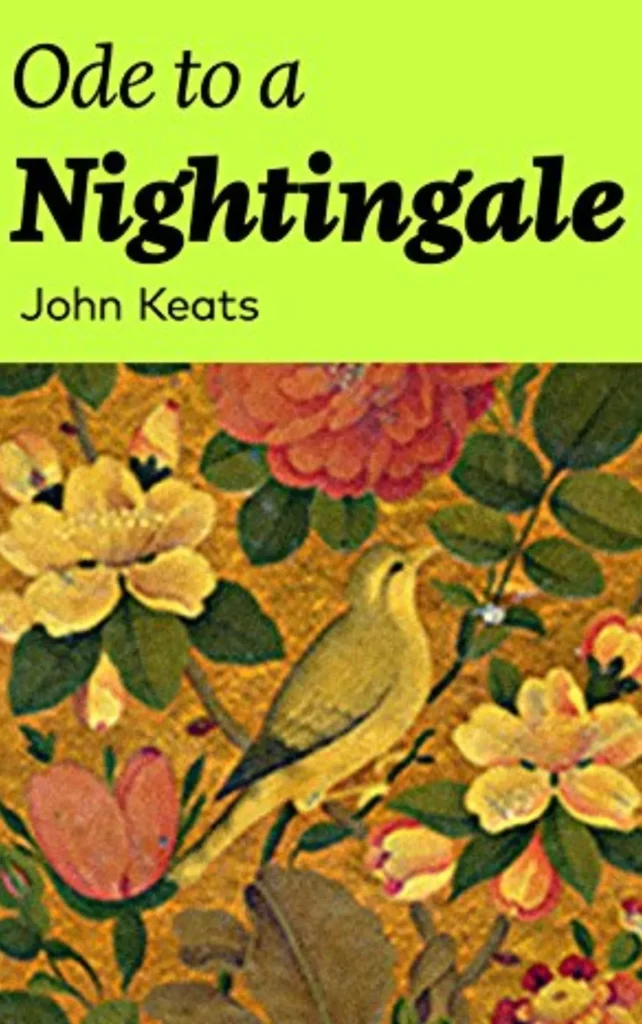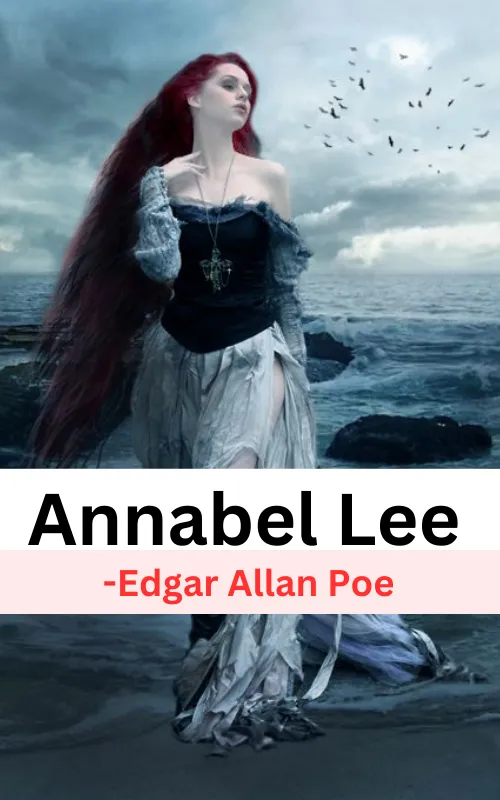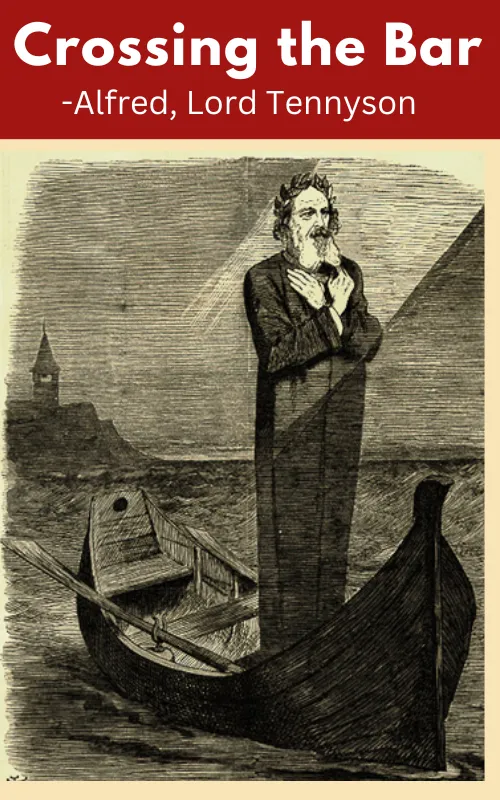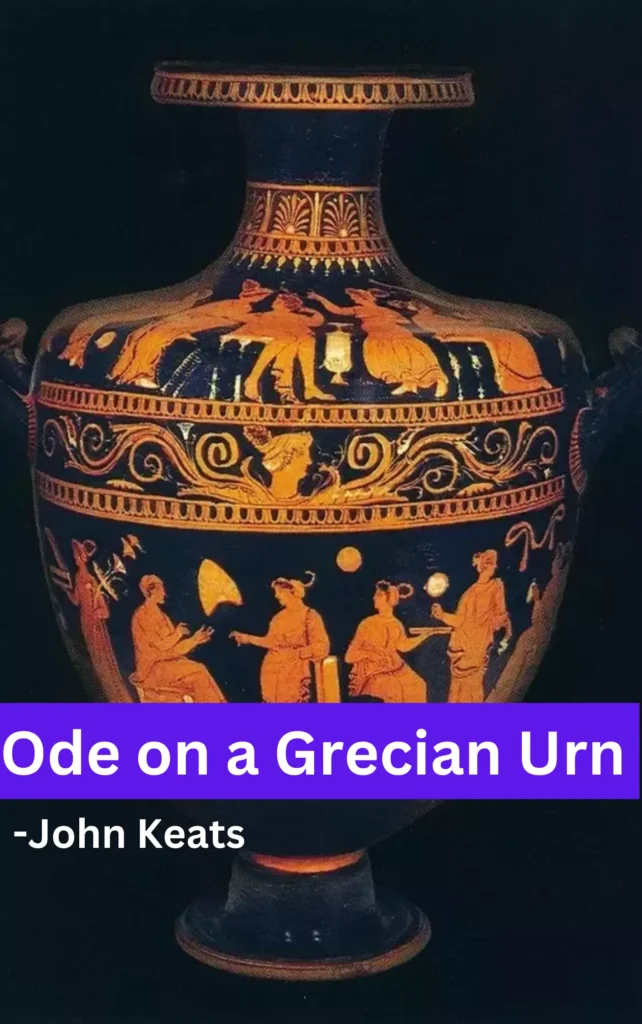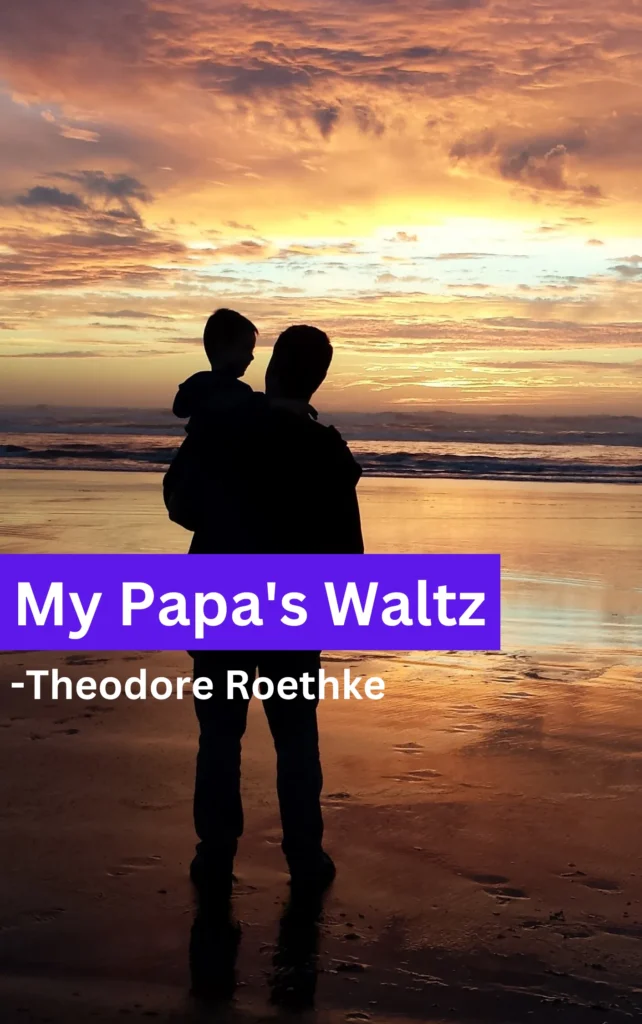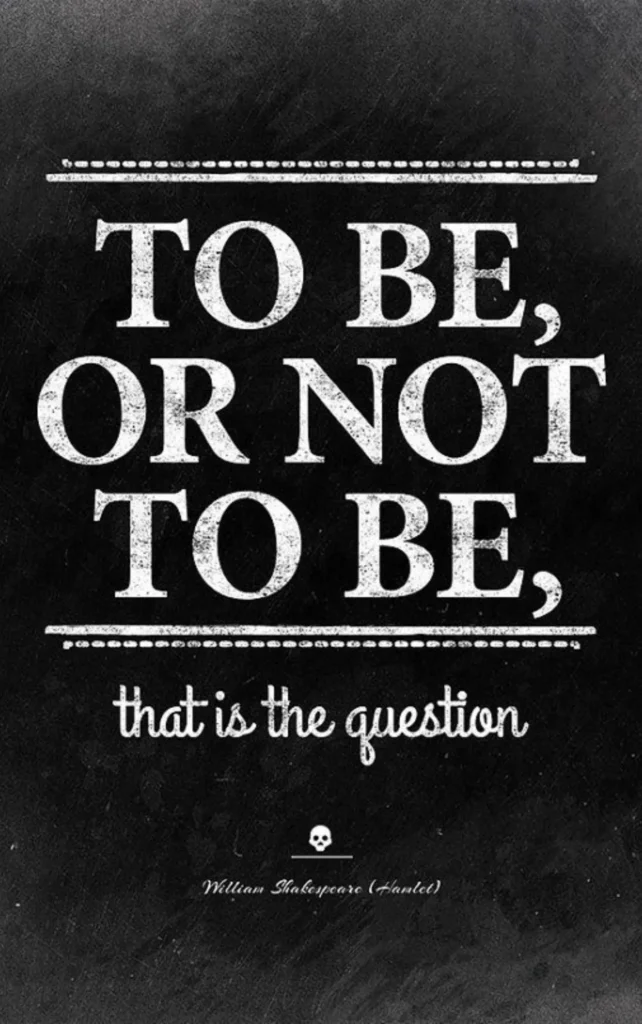About the Poem “Because I could not stop for Death“
| Poem Title | Because I could not stop for Death |
| Author | Emily Dickinson |
| Genre | Poetry |
| Theme | Death, mortality, immortality |
| Speaker | The speaker of the poem is a woman who has been visited by Death. |
| Setting | The poem is set in a carriage ride through a rural landscape. |
| Plot | The poem describes the speaker’s encounter with Death and her subsequent journey to the afterlife. |
| Style | The poem is written in a simple, direct style. |
Themes of Because I could not stop for Death
The themes of Emily Dickinson’s poem “Because I could not stop for Death” are:
- Death as a Gentle Guide ➤ The poem portrays death as a kind, patient companion rather than a frightening force.
- Time and Immortality ➤ It explores the idea of time passing and the soul’s journey into eternity.
- Life’s Transience ➤ The poem reflects on the fleeting nature of life and the inevitability of death.
- Cycles of Existence ➤ It suggests that death is a part of the natural cycle of life, leading to a sense of continuity.
- The Afterlife ➤ Dickinson hints at the idea of an afterlife or spiritual journey beyond death.
“Because I could not stop for Death” Poem by Emily Dickinson
Because I could not stop for Death
He kindly stopped for me
The Carriage held but just Ourselves
And Immortality.
We slowly drove – He knew no haste
And I had put away
My labor and my leisure too,
For His Civility
We passed the School, where Children strove
At Recess – in the Ring
We passed the Fields of Gazing Grain
We passed the Setting Sun
Or rather – He passed Us
The Dews drew quivering and Chill
For only Gossamer, my Gown
My Tippet – only Tulle
We paused before a House that seemed
A Swelling of the Ground
The Roof was scarcely visible
The Cornice – in the Ground
Since then – ’tis Centuries – and yet
Feels shorter than the Day
I first surmised the Horses’ Heads
Were toward Eternity
Because I could not stop for Death Summary & Analysis
Stanza 1
Because I could not stop for Death
He kindly stopped for me
The Carriage held but just Ourselves
And Immortality.
Summary: The poem’s speaker begins by telling us that Death stopped for her, and that they rode in a carriage together with Immortality. This personification of Death and Immortality immediately creates a sense of mystery and intrigue. The speaker’s matter-of-fact tone suggests that she is not afraid of Death, and that she sees it as a natural part of life.
Stanza 2
We slowly drove – He knew no haste
And I had put away
My labor and my leisure too,
For His Civility
Summary: The speaker and Death drive slowly, as if taking their time to enjoy the journey. The speaker has put away her work and her leisure, suggesting that she is now fully focused on Death and the afterlife.
Stanza 3
We passed the School, where Children strove
At Recess – in the Ring
We passed the Fields of Gazing Grain
We passed the Setting Sun
Summary: The speaker and Death pass by a school, fields of grain, and the setting sun. These images evoke the different stages of life, from childhood to adulthood to old age. The setting sun suggests that the speaker’s life is coming to an end.
Stanza 4
Or rather – He passed Us
The Dews drew quivering and Chill
For only Gossamer, my Gown
My Tippet – only Tulle
Summary: The speaker realizes that she and Death are actually passing by the sun, rather than the other way around. This reversal of roles suggests that Death is now in control. The speaker’s light and delicate clothing suggests that she is vulnerable and unprepared for death.
Stanza 5
We paused before a House that seemed
A Swelling of the Ground
The Roof was scarcely visible
The Cornice – in the Ground
Summary: The speaker and Death arrive at a house that is barely visible, suggesting that it is a grave. The cornice, which is usually the highest part of a building, is now in the ground, suggesting that death has leveled all things.
Stanza 6
Since then – ’tis Centuries – and yet
Feels shorter than the Day
I first surmised the Horses’ Heads
Were toward Eternity
Summary: The speaker tells us that it has been centuries since she died, but it feels to her like only a day. She has realized that death is the beginning of a new and eternal journey.
FAQs from Because I could not stop for Death
What is the meaning of the poem because I could not stop for death?
The poem “Because I Could Not Stop for Death” is about a journey from life to death, and the speaker’s acceptance of her mortality.
What is the irony in Because I could not stop for Death?
The irony in the poem is that the speaker, who was always busy in life, is now forced to stop for Death.
What is the central topic of the poem?
The central topic of the poem is death and the speaker’s calm acceptance of it.
Why did Emily write Because I could not stop for Death?
Emily Dickinson wrote “Because I could not stop for Death” to explore her thoughts and feelings about death in a creative and personal way.
What is the important quote from because I could not stop for death?
“Because I could not stop for Death, He kindly stopped for me.”
What are the symbols in the poem I could not stop for death?
The carriage in poem symbolizes the journey from life to death.
What is the conclusion of the poem I could not stop for death?
In the end, speaker realizes that death is inevitable and accepts it with grace and equanimity.



